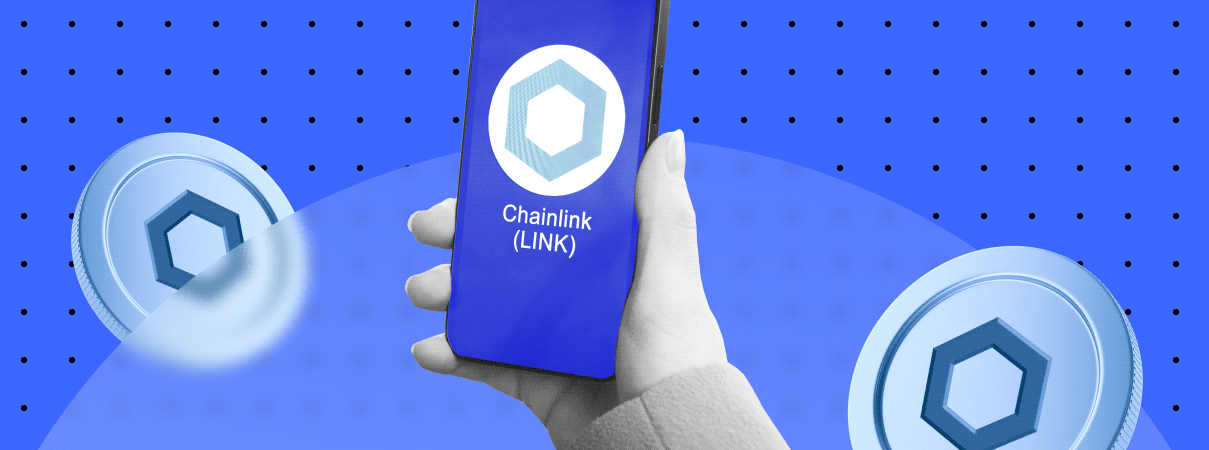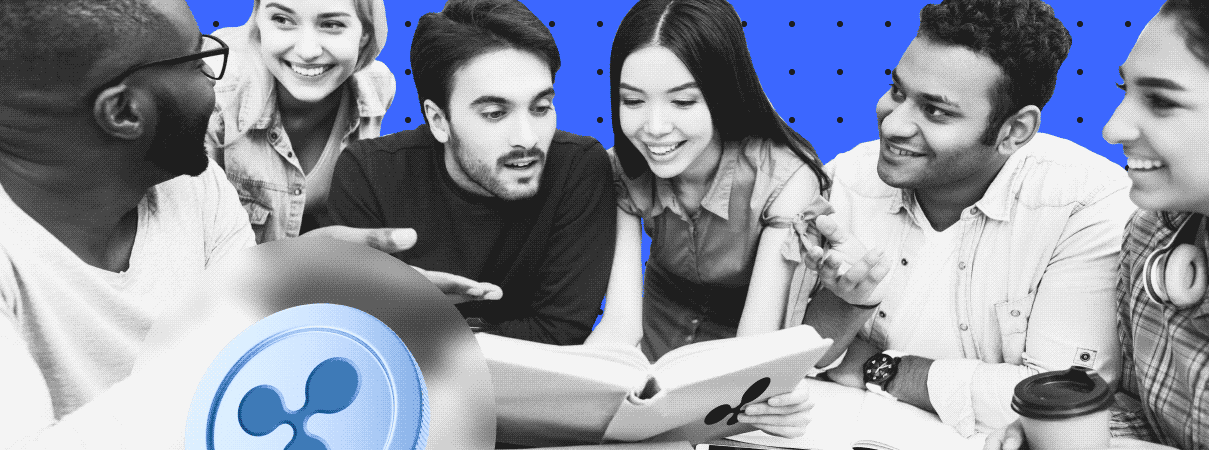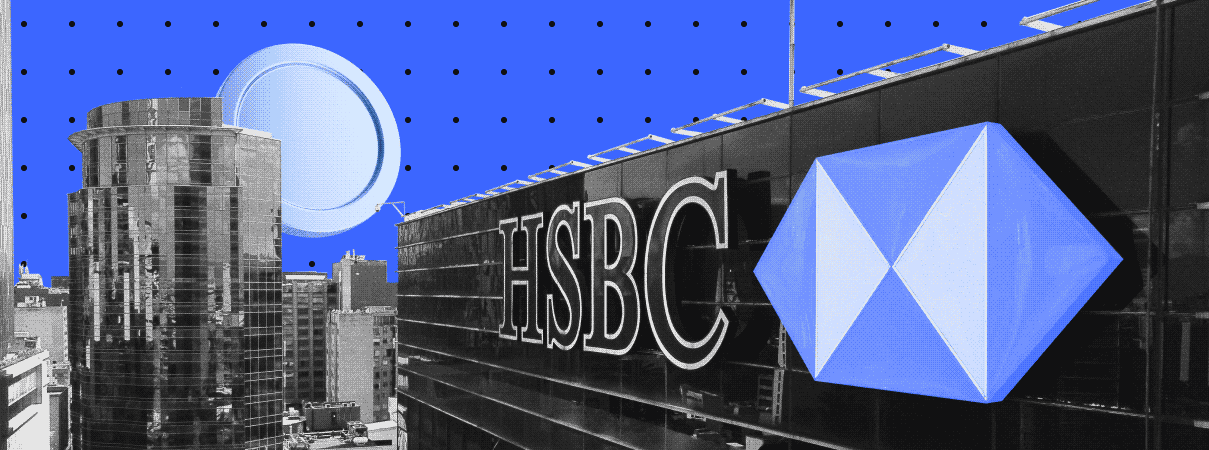While some cryptocurrencies like Bitcoin are deeply linked with their blockchain, other blockchains are seeing development that separates them deeply from cryptocurrencies and the volatility of the crypto market.
Blockchain as a Product Traceability Tool

Nowadays, we have the technology to instantly find out everything about the food we buy at the supermarket and even at our local market. If the producers have added a QR code to the product’s packaging, anyone can simply scan this code and discover the whole production process: where it was grown, when it left the farm, where it was processed, and when it arrived at the market/supermarket in question. However, this data could also be faked. Well, with blockchain technology this is where it becomes close to impossible.
One of the advantages of blockchain is its ease of traceability. Indeed, thanks to blockchain technology, it is possible to know the origin of a product and to follow its path throughout the processing and distribution chain. The set of rules in force can be defined by standards issued by national and international control bodies, which can vary significantly depending on the commodity.
Applied to the food sector, blockchain acts as a true trusted third party between brands and consumers. In the report, Key Vertical Opportunities, Trends & Challenges 2019-2030, Juniper’s research highlights that blockchain technology could save 31 billion dollars in food fraud by 2024 while helping consumers to better understand what they are buying and consuming.
What’s more, the revolution has already started. As stated on the Connecting Food website, “With the world’s first Food Confidence Platform, the future is within reach. Blockchain-based. True end-to-end traceability. Deploy in 3 weeks.” Connecting Food operates in France, Germany, Spain, Italy, the United Kingdom, and the United States, and has doubled its number of customers in one year and increased its revenue by 20%.
Blockchain as a CSR Tool

Having data is good. Having reliable data is better. Beyond obtaining information on the life cycle of their products, it is essential for companies to be able to prove the reliability of their CSR data. Corporate Social Responsibility is about integrating environmental and social issues into decision-making.
As a decentralized information storage technology, blockchain is well-suited to product life cycle traceability. Used in combination with a robust platform, it allows for transparent and rapid data collection and sharing. The data entered into the platform allows companies to map all stages of the supply and production cycle with certified information. The company then obtains data that enables it to improve the calculation of its environmental impact: the number of kilometers the product has traveled or the number of liters of water used at each stage of the manufacturing process, for example. If it so wishes, the brand is also able to communicate this data to consumers (notably in the form of an environmental rating), who particularly appreciate the proof provided. In partnership with ClimateCHECK, BioE, and the IOTA Foundation, Dell has joined forces to create a real-time, blockchain-based carbon footprint tracking system.
The next step in the use of blockchain as a CSR tool is the concept of the social smart contract.
This concept is based on the tokenization of the transaction by relying on a stablecoin network collateralized with the user’s currencies of use. Since the payment is made with a token, the interbank commissions applied by banks and networks (Visa, Mastercard, etc.) to merchants are eliminated. By reducing the intermediation of banks, the company can apply its own commissions to each transaction (1.5% non-fixed rate). Then, the company commits to donating a percentage of the generated revenues to the social or environmental project chosen by the user among a selection of projects available in its wallet.
Blockchain technology could also offer new ways for companies to monetize their sustainable actions, thus incentivizing them to act faster. For example, if a company saves water, then it can receive for example “water tokens”, representing its efforts. These “tokens” can represent “sponsorship funds”, “avoided carbon”, and can be exchanged for tree plantations, carbon points, volunteer time, certificates of origin, or quality depending on the partners interacting with this company. Several projects like co2bit or moss.earth are working on helping individuals and companies offset their carbon footprint.
One of the leading sectors in this domain is the aviation industry, where sustainability has been a major topic for a long time and many solutions are being developed and implemented to offset passengers’ carbon emissions.
Blockchain as a Voting Tool

Online votes are the subject of dispute in many countries, while some claim that digital votes will be the solution to this issue, others will constantly argue that they are fake and only paper votes can guarantee the authenticity of the votes. To make the best of both worlds, blockchain technology can enable online voting to be secure, easy to use, and most importantly, verifiable.
Recently, the French National Commission for Information Technology and Civil Liberties (CNIL) granted the French startup, V8te, the highest level of certification possible. Thanks to blockchain, voters can ensure that the ballot has not been altered and that it has been included in the vote.
“Your members, your employees, the voters of your organization, will be able to verify themselves, they will be sovereign, like a citizen, in the verification and in the transparency of the voting process. The fact that the platform is connected to the blockchain means that any citizen or observer can check for themselves that the voting process has been carried out correctly,” says Guillaume Odriosolo, CEO of V8te.
This new use of blockchain could be a game changer for companies, international organizations, and countries that are seeing a visible lack of interest and votes from younger generations. Indeed, according to an electoral commission from the Parliament of the United Kingdom: “The research showed that more than half (55%) of English adults said that being offered e-voting in some form would encourage them to vote at the next local election. And the youngest group – 18-24 year old – were most keen to try the new methods with three-quarters saying that e-voting would encourage them to participate.”
Blockchain Can Also Fail

After seeing several examples of how blockchain technology could change our lives, we will focus on some points that underline the current weakness of this technology.
The first weakness is the password problem. We are going from Web2 where users are constantly backing up their files, double checking telephone numbers and email addresses, and forgetting their passwords, to Web3 technology where there is no backup, no second chances, and no “Forgot password” button. In the decentralized world, the user gets a “seed phrase”, of 12 to 24 words, which is randomly generated. Thanks to this phrase, anyone can access a wallet from any device. This means that as long as it is kept in a safe place, nothing can happen to the user’s account, however, the responsibility fully remains in the user’s hands.
A second big problem is the reliability of certain blockchains. Even if numerous blockchains are live 24/7, some like Solana suffer from shutdowns and difficulties. These issues can be fixed, however, they are still slowing down the adoption process as some people might generalize the problem of one blockchain to all of them.
Another issue with blockchain technology is the omnipresence of microtransactions. Basically, any step must be validated by the blockchain in order for the action to be integrated, and the resulting transaction to take place. On a blockchain like Ethereum, it can cost users a lot of money, reaching up to hundreds of dollars if the blockchain is saturated. On others, like Tron, it can cost users next to nothing, however, users will have to have previously owned the native token, TRX, stake it, and use the limited energy from staking it to make transactions. This model is very different from the Web2 system, as there is no need for a blockchain to register every step the user makes. This difference can cause some issues as Web2 users are not used to microtransactions.
Blockchain technology is a revolution, however, its overall adoption can be limited due to technical issues and internal problems. In order to provide better and more secure services and information to users and consumers, all stakeholders, from governmental bodies to companies, must work together to improve and strengthen current blockchain technology.










